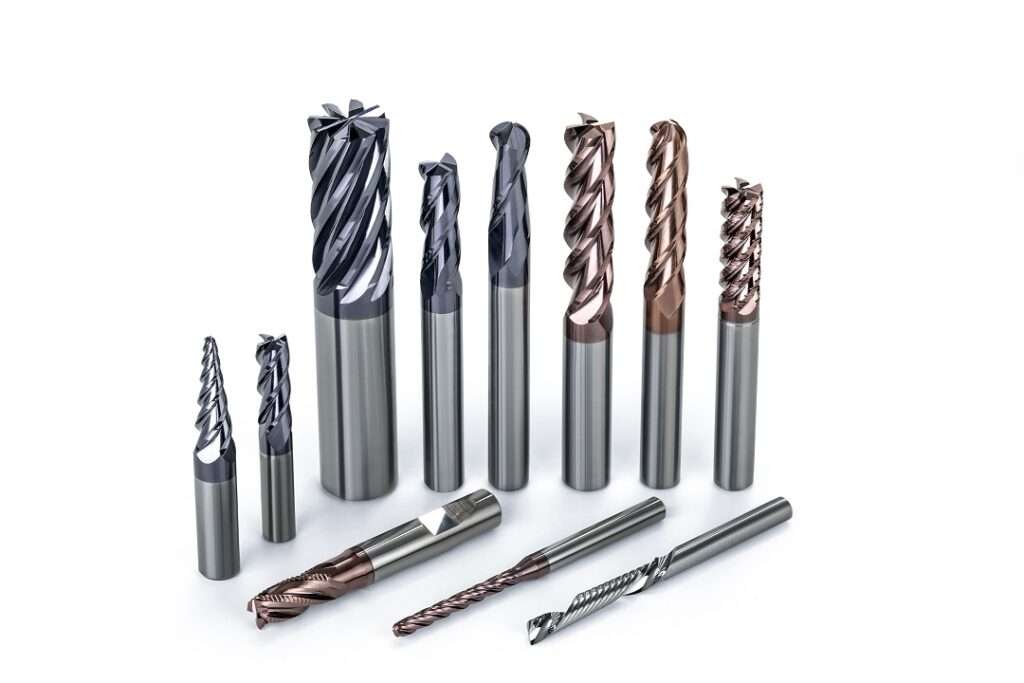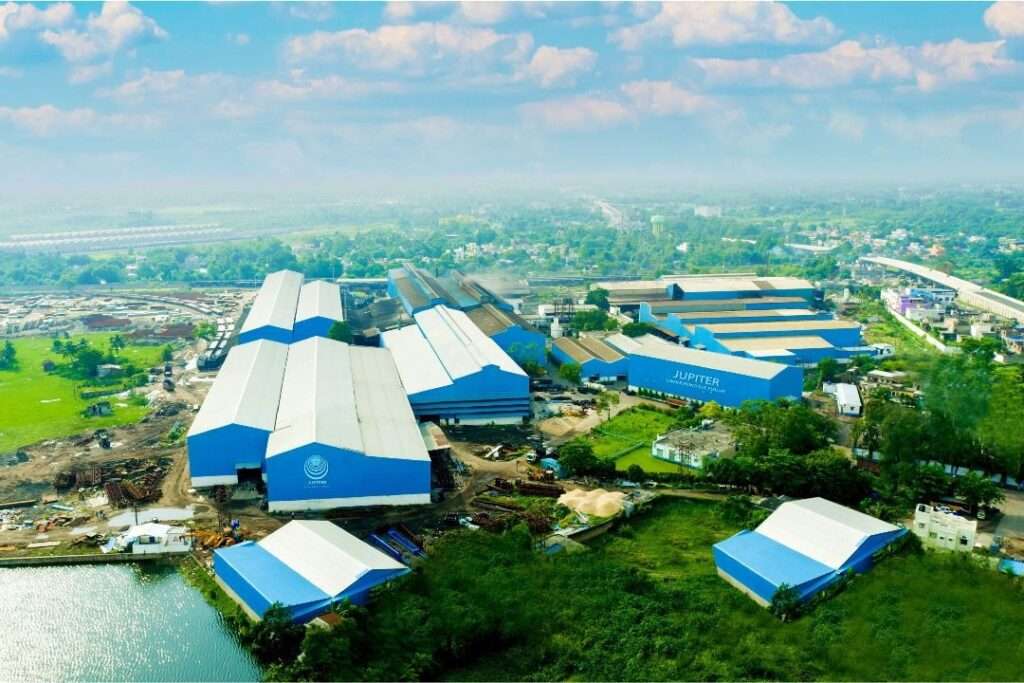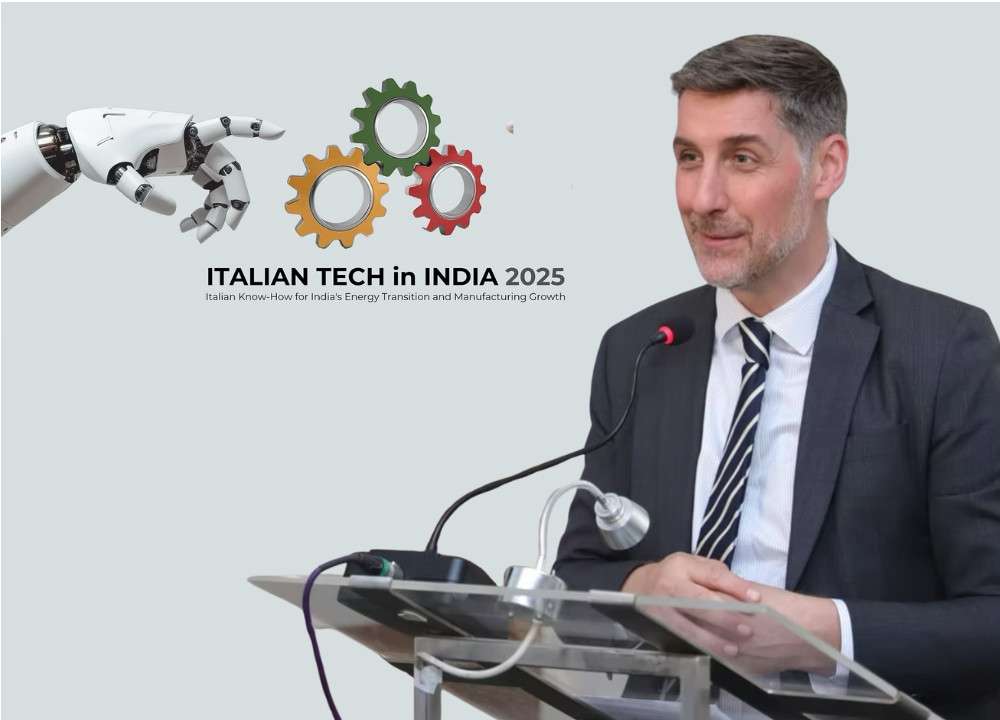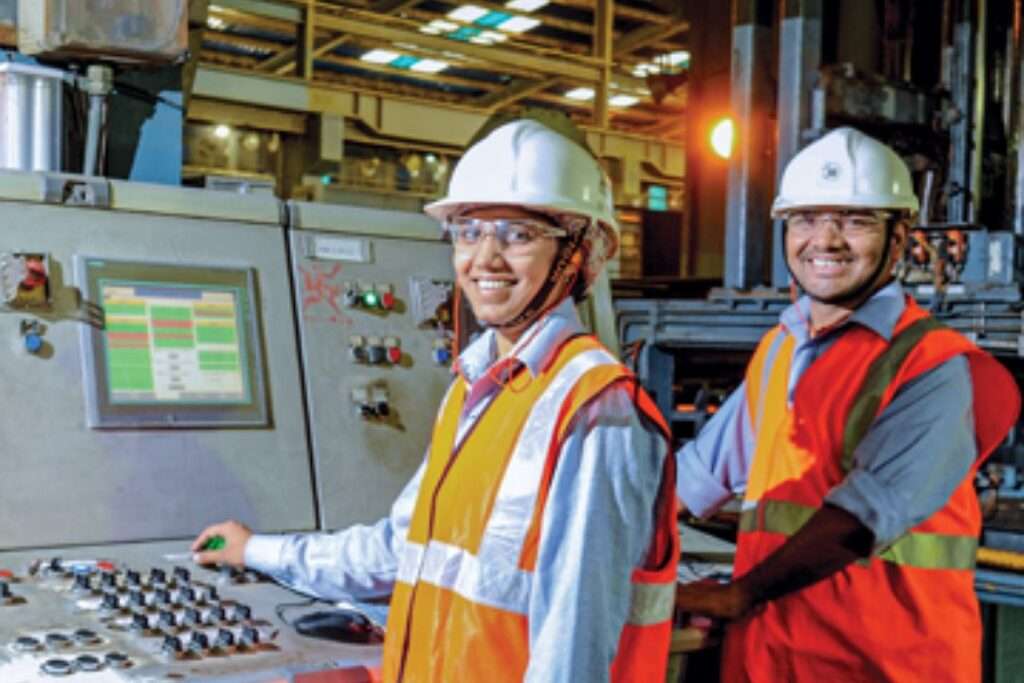Honda Motorcycle & Scooter India (HMSI) has announced an investment of ₹920 crore (approximately $108 million) to install a fourth production line at its Vithalapur facility in Gujarat. This expansion is aimed at addressing the rising demand in India, currently the largest two-wheeler market in the world.
The declaration was made during a ceremony at the Vithalapur plant, commemorating Honda’s achievement of manufacturing 500 million two-wheelers globally. The new production line is scheduled to be operational by 2027 and will increase the plant’s annual capacity to 2.61 million units. This upgrade positions Vithalapur among the largest two-wheeler manufacturing sites worldwide.
Honda Motorcycle & Scooter India (HMSI) manages four manufacturing plants across key regions in India, forming the backbone of its production network. The Manesar facility in Haryana has a capacity of 38,000 units and primarily supports initial assembly and niche operations. The Tapukara plant in Rajasthan significantly boosts output with an annual capacity of 1.3 million units, serving as one of the company’s major hubs for mass production.
Further south, the Narasipura plant in Karnataka stands as HMSI’s largest facility, with a production capacity of 2.5 million units per year, contributing heavily to both domestic and export markets. The Vithalapur plant in Gujarat, currently producing 1.96 million units annually, is set for a major expansion that will further elevate its role in the company’s manufacturing strategy. The new line will add 650,000 units to the Gujarat plant’s annual capacity, pushing HMSI’s total domestic production capability to approximately 7 million units by 2027.
According to CEO Tsutsumu Otani, this investment not only supports demand in the Indian market but also strengthens the company’s global export footprint, which includes over 62 countries across Central and South America. The expansion is also expected to create 1,800 new jobs in Gujarat.
The third line at the same plant was added in January 2024, raising the output from 1.97 million units to 2.61 million annually. This series of expansions contributes to HMSI’s broader strategy to challenge Hero MotoCorp’s position as the market leader in India.
As HMSI marked its 25th year in India and surpassed the production milestone of 70 million two-wheelers, the company reaffirmed its long-term environmental goals. These include achieving carbon neutrality and eliminating traffic-related emissions from its vehicles globally by 2050.
In line with its social responsibility efforts, HMSI donated 50 Quick Response Team vehicles to the Gujarat Police. The company also reported community development initiatives that have reached 3.2 million people in the state through programs in water conservation, healthcare, agriculture, and workforce inclusion.
This investment reflects Honda’s ambition to claim leadership in India’s two-wheeler market. Since separating from Hero in 2011, Honda has focused on scooter dominance, led by the Activa, which commands over 60% of that segment. Meanwhile, Hero has retained a strong grip on rural markets through models like the Splendor.
In April 2025, HMSI dispatched 480,896 units—422,931 to the domestic market and 57,965 for export—surpassing Hero’s 305,406 units (288,524 domestic and 16,882 export), a difference of 175,490 units. Honda’s retail market share now trails Hero’s by just 1.5 percentage points.
To counter Hero’s rural dominance, HMSI introduced the Shine 100. Hero, in turn, has launched premium offerings like the Mavrick 440 and expanded its electric vehicle (EV) lineup under the Vida brand, which sold 7,116 units in April 2025.
Both companies are advancing their EV strategies. HMSI has introduced electric models including the Activa e and QC1, and plans to set up a dedicated EV facility by 2028. Hero is bolstering its Vida EV range and leveraging a vast dealership network of over 6,000 outlets.
The ongoing rivalry is shaping a dynamic market, with both manufacturers focusing on scooters, premium motorcycles, and electric mobility. The battle for dominance will hinge on innovation, rural outreach, and production scale.








